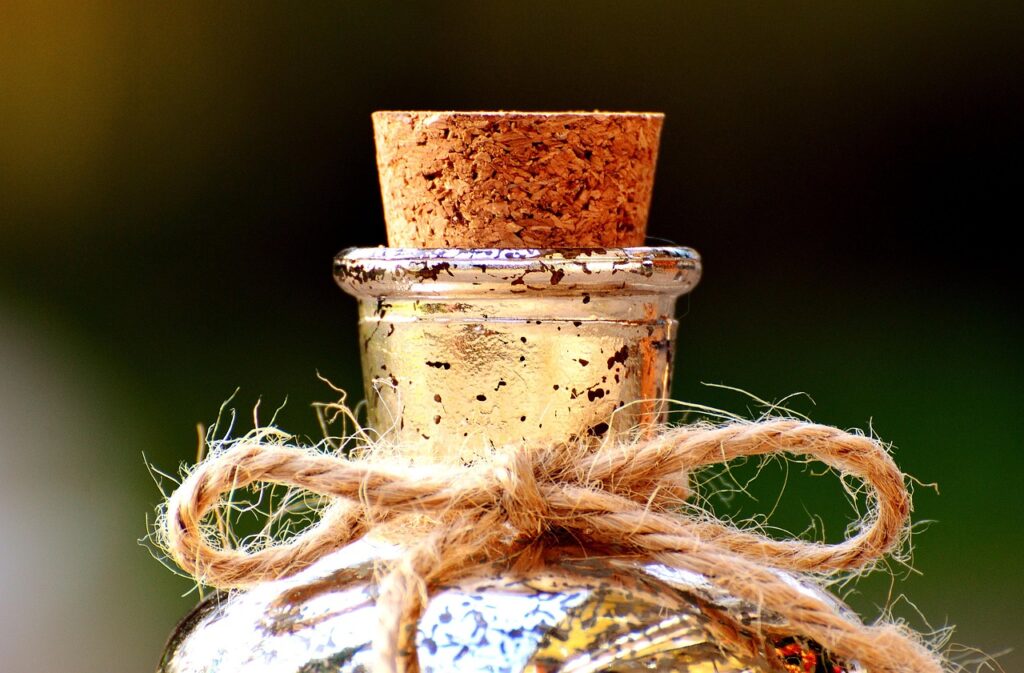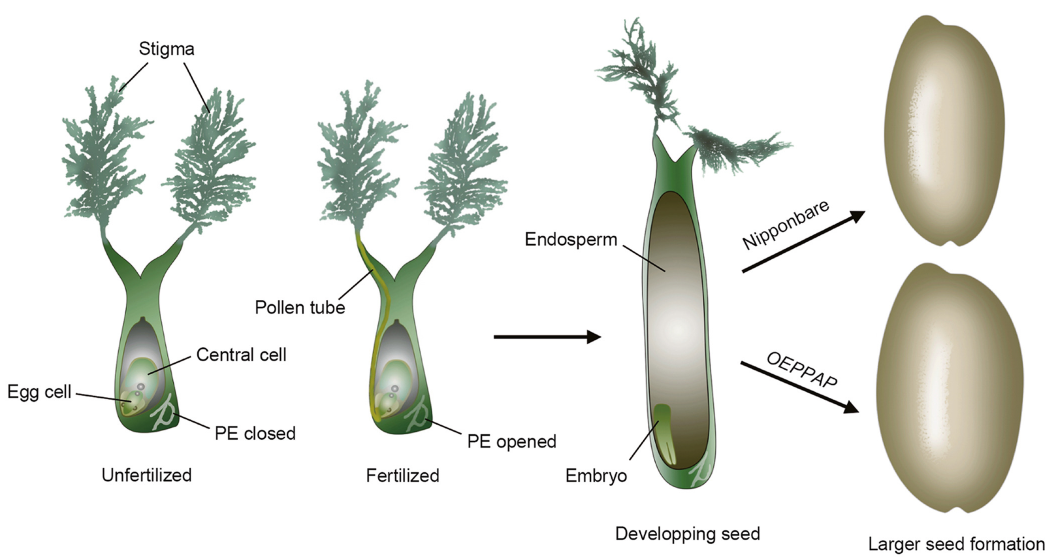“How is the size of a seed determined?”
This long-standing question in agriculture and plant science has remained partially unanswered. While it’s known that nutrient availability, genetics, and environmental factors all play roles, the molecular switch that ultimately controls seed size has long been a mystery.
In 2025, a study published in Current Biology by a research team from Zhejiang University and collaborators shed new light on this mystery.
They uncovered a novel mechanism: upon fertilization, a “gate” located at the end of the plant’s phloem—the transport highway—opens, and a surge of nutrients flows directly into the developing seed.
Reference: Fertilization-dependent phloem end gate regulates seed size.
2. Experimental Details and Key Findings
The researchers began by closely observing the ovules of angiosperms (which develop into seeds). They found that the end of the phloem at the chalaza—the rear end of the ovule—is sealed off by callose, a polysaccharide that acts like a plug or valve.
This plug is rapidly degraded right after fertilization, triggering a sudden influx of nutrients such as sugars and amino acids that had previously been held back. It’s quite literally as if “pulling the plug” allowed the nutrients to flood in.
By using fluorescent tracers, the team visualized this transport activity and clearly demonstrated that the opening of this valve coincides precisely with the timing of fertilization.

3. What Mutant Analysis Revealed — What Happens If the Valve Doesn’t Open?
Here’s where the team got clever. They created mutant plants lacking the enzyme that breaks down callose, the material that forms the plug.
And what happened?
In these mutants, the plug remained in place, preventing nutrients from reaching the ovule. As a result, seeds remained small, underdeveloped, and stunted.
In other words, it’s as if the supply line to the seed was cut off. Even though fertilization occurred, the dam’s gate never opened, so no water (nutrients) could flow in—a striking and relatable image.
The finding that a simple plug at the end of the nutrient pipeline can dramatically impact seed size seems intuitive in hindsight, yet until now, it was an entirely new and unrecognized mechanism.
4. Applications and Impacts — Could Controlling This “Gate” Boost Crop Yields?
The implications of this study are profound. That’s because seed size is directly tied to crop yield, making it a critical trait in agriculture.
The paper suggests that, in the future, we could manipulate the timing of this valve’s opening to intentionally increase seed size. This strategy could be especially effective in crops where seeds are the main edible part, such as rice, wheat, and legumes.
Some Applied Ideas to Consider
- Overexpression of valve-opening enzymes: Opening the valve earlier and more strongly than in nature to prioritize nutrient flow into seeds.
- Diagnostic tech to monitor valve timing: Tools to optimize harvest timing or fertilizer application based on valve status.
- Stress-resilient “valve control systems”: Enhancing crop resilience under climate stress by ensuring valve function even during drought.
Conclusion
Until now, the way nutrients flowed inside plants remained something of a black box. But this research has, for the first time, shown that there’s a “plug” at the terminal point of nutrient transport—and that unplugging it is crucial for determining seed size.
If we can develop technologies to control this plug, it could revolutionize crop breeding by improving both yield and nutritional value.
If this tiny valve hidden inside plants is the bottleneck that leads to the future of agriculture—then by all means, let’s pull it wide open!



コメント